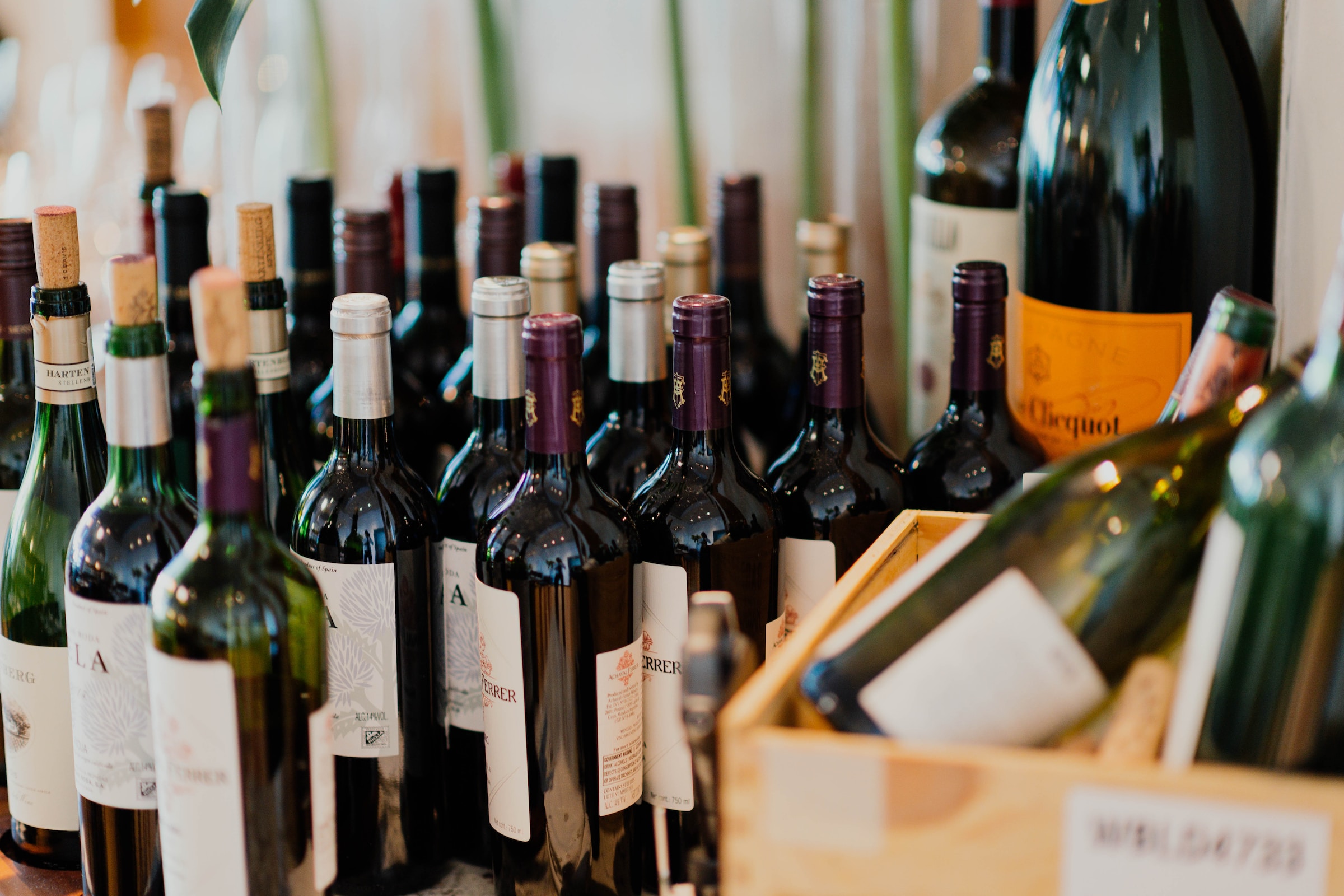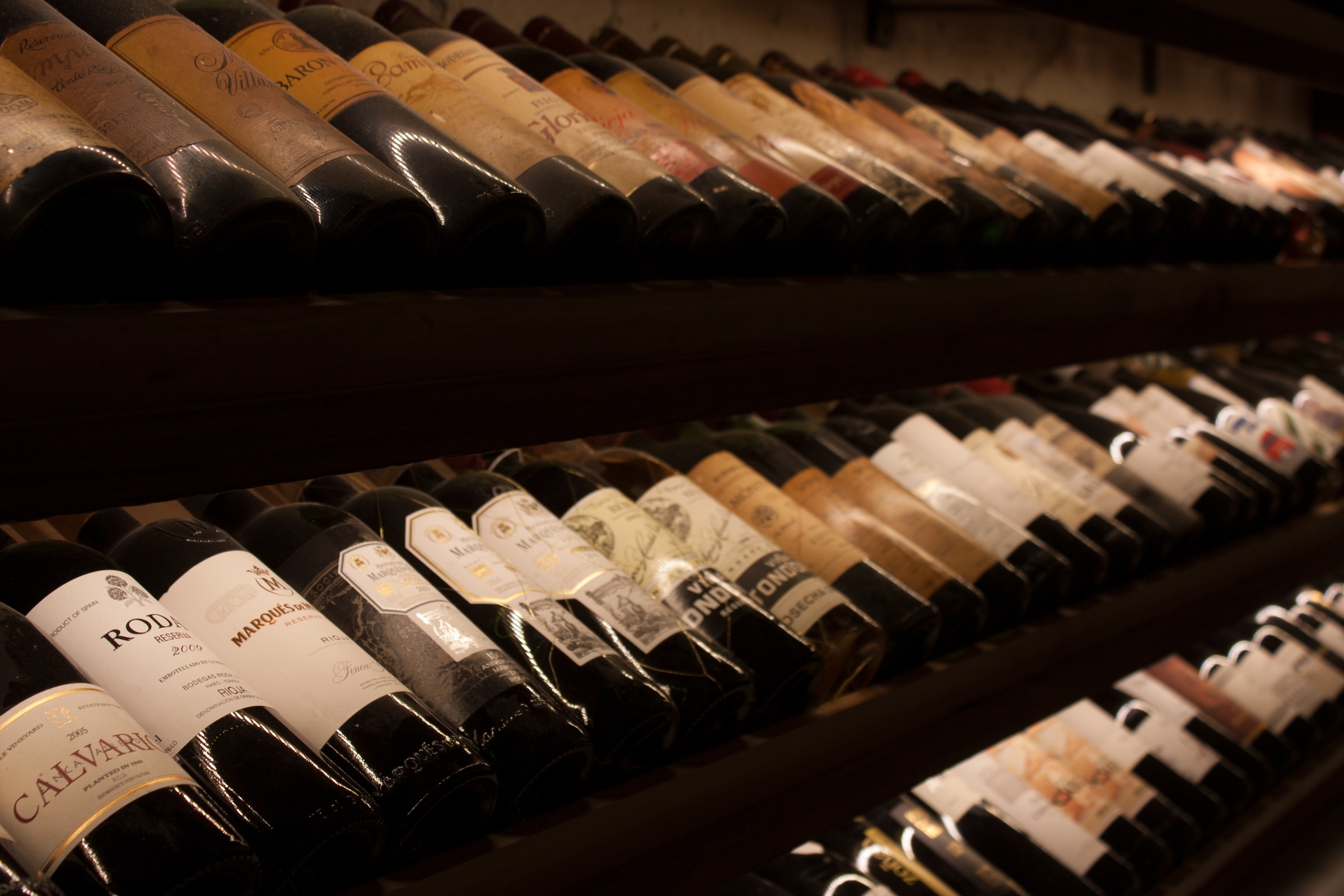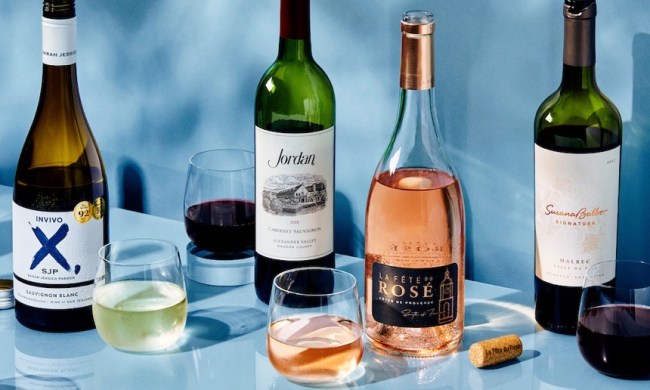
You know the saying: The more expensive the wine, the better the wine. Turns out, the old adage isn’t always true. Increasingly, there are great finds to be found all over the wine map, touting lower-shelf price tags without sacrificing any quality.
Getting to them, however, is not always a cakewalk. So we picked the brains of some industry types — sommeliers, in particular. They offered some excellent pointers on finding great wines on the cheap. These tips will allow you to save money while enjoying some standout Sauvignon Blanc or Gamay Noir, arming you with new favorite producers. Who knows, maybe the price point will be so friendly you’ll even consider stocking up on a new wine, cellaring a few bottles for years to come.
Before you host your next dinner party, a wine and seafood pairing, take note of the following expert advice. Read on for tried and true ways to find the best cheap wines.

Go by importer
“Personally, I have stopped purchasing wine based on labels or varietals or vintages,” says Alex Cuper, sommelier at Brasero and El Che in Chicago. “My preferred way to purchase wine starts by looking at the importer that is listed on the back label of wine bottles. These importers have very specific standards and usually will not allow any wine to not meet or exceed those standards. Once you find a varietal you want, you can then start searching for those specific importers and then find the price point that suits your needs.”
Scott Stromer is a sommelier at the award-winning Galit. He goes by the importer as well. “Make a note of the importer and find more wines from them,” he says. “With good importers, there’s a vision and a mission that drives the portfolio. If there’s one wine you’ve tried and liked, chances are there will be others from the same importer that you’ll enjoy.”
Which importers? A few they suggest include Kermit Lynch, Brazos, Selections de la Vine, and T Edwards.

Notes and reviews
Steven Rogers is a certified sommelier based in New Orleans. He’s the beverage director at Commons Club. “I often look for tags or markers on the selections when shopping at local wine shops,” Rogers says. “I love it when they do handwritten notes or fun cut-out shapes and write the notes with a Sharpie marker. These selections could be a sommelier’s choice, seasonal selection, closeout deals, etc. The thought behind these selections is that they are trying to move these wines, so often, they are discounted.”
It’s also a great way to learn a little more about what you’re buying beforehand. The notes might offer context in terms of farming and winemaking, outfitting the consumer with more know-how and a clearer vision of what will end up in the glass (not to mention the kind of business ethos you wish to support with your dollars).

Shop at Costco
Rogers offers a venue known for bargains when seeking out quality cheap wines. And don’t just go; go midweek (Tuesday-Thursday), as he suggests. “Costco leverages its purchasing power to get its hands on quality juice and skilled winemakers,” he says. “It doesn’t hurt to butter up the wine guy there, too! You never know when he may gratuitously hide a case of that Kirkland brand Premier Cru Chablis, which is pretty awesome and only $20 a bottle.”
The retailer has long been a favorite among winos, and for good reason. The house brand produces some solid wine, and the selection is impressive.

Go by classification
Another safe bet is to find a specific classification of wine, often set in a world-famous region but perhaps not as strict and coveted (and more expensive) as some of the other classifications. Rogers offers VDF (Vin de France) wine and DOCG (Denominazione di Origine Controllata e Garantita) wines as examples. “These are entry-level classifications for wines in France and Italy, respectively,” he says. “This doesn’t mean lesser quality wine, though. These wines are often outside of the regions and/or parameters of the classic wines’ strict rules for classification. As a result, they don’t come with the hefty price tag of something like a Barolo, which has the strictest rules for classification. These wines also allow the winemakers more flexibility and artfulness in crafting wine.”

Rethink alternative formats
As sustainability continues to surge, producers seek ways to sell their wine beyond cork and glass. There are more boxed options than ever these days, offering bulk juice without much in the way of additional packaging. Not only that, but the quality of what’s being boxed has improved as well. With all due respect to Franzia, not all boxed wine is created equal.
Canned wines, too, have improved, and while these options are meant to be aged, they are great for white and pink wines, as well as agreeable, lighter, and brighter red wines. And if you live near a winery or bottle shop, be on the lookout for wine on draft. Buying this way can be great for the environment and unlock some serious deals.
Good cheap wines do exist, and the above is proof. While they may not always fall to $20 or below, they’ll almost certainly always be affordable and relatively inexpensive. That’s great news. Wine was created to be enjoyed by the masses en masse.
Want more on the vast and changing world that is wine? Get with the program and read our features on helpful wine terminology and the confusing reserve wine title often attached to labels. Clink!


